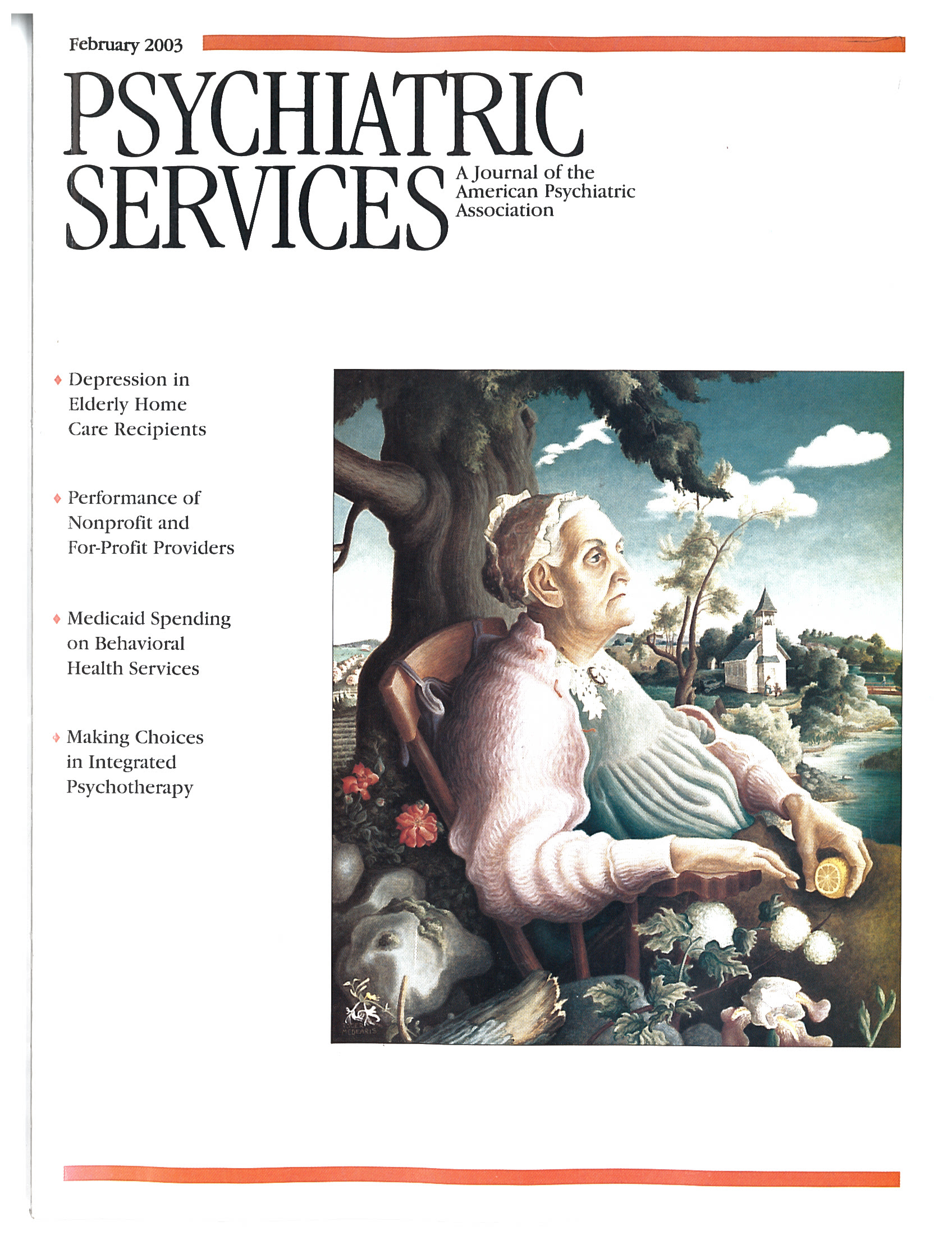Characteristics of Patients Presenting for Emergency Psychiatric Assessment at an English Hospital
Abstract
OBJECTIVE: The needs and characteristics of patients who are referred for psychiatric emergency services vary by the source of referral. Such differences have wider implications for the functioning of the mental health care system as a whole. This study compared three groups of patients in a two-month cohort of 189 patients who were referred for emergency psychiatric assessment at a hospital in England: those who were referred by general practitioners (family physicians), those who were receiving specialist services from community mental health teams, and those who arrived at the hospital from the broader community. METHODS: The three groups were compared on demographic characteristics, clinical and service use variables, risk to self or others, factors that contributed to the emergency presentation, and ratings on standardized scales of functioning. RESULTS: The patients who were receiving specialist services from community mental health teams had high rates of psychosis, often relapsed, and had a history of contact with a psychiatrist. These patients were the most likely to be admitted to the hospital after emergency assessment. The patients who had been referred by general practitioners tended to have fewer indicators of social problems and were more likely to be experiencing a new episode of mental illness. Their referral to the emergency department was most likely to be deemed inappropriate by emergency department clinicians. The patients who came from the broader community were more likely to be male and to exhibit self-harming behavior, substance misuse, and behavioral difficulties. CONCLUSIONS: The rate of emergency referral is one indicator of the functioning of the service system as a whole. Improvements to the system should include better access to community mental health team services and a greater capacity of the primary care system to manage mental health crises. Services need to be developed that are acceptable to male patients who are experiencing social and behavioral problems.



